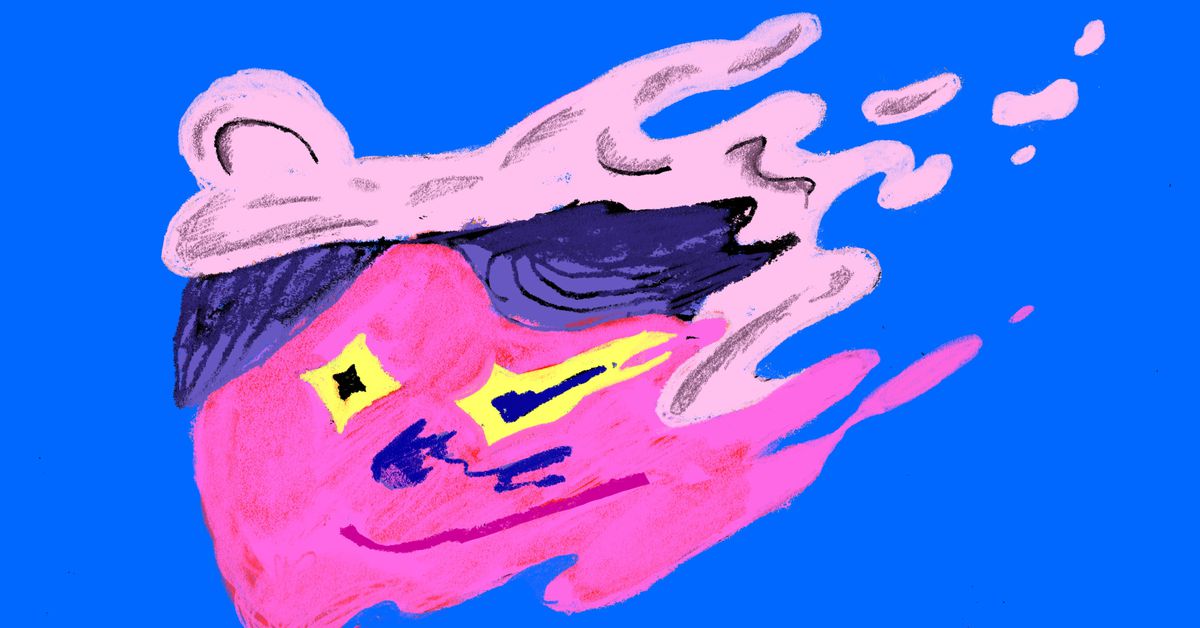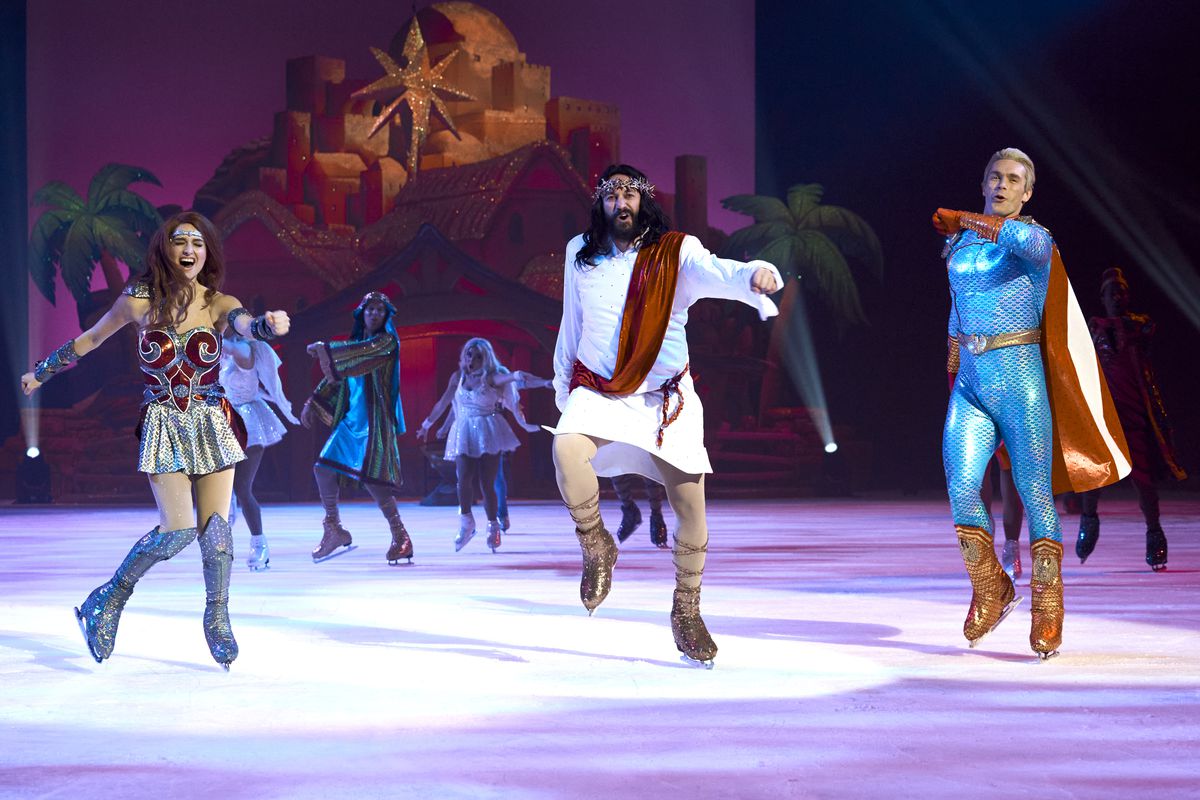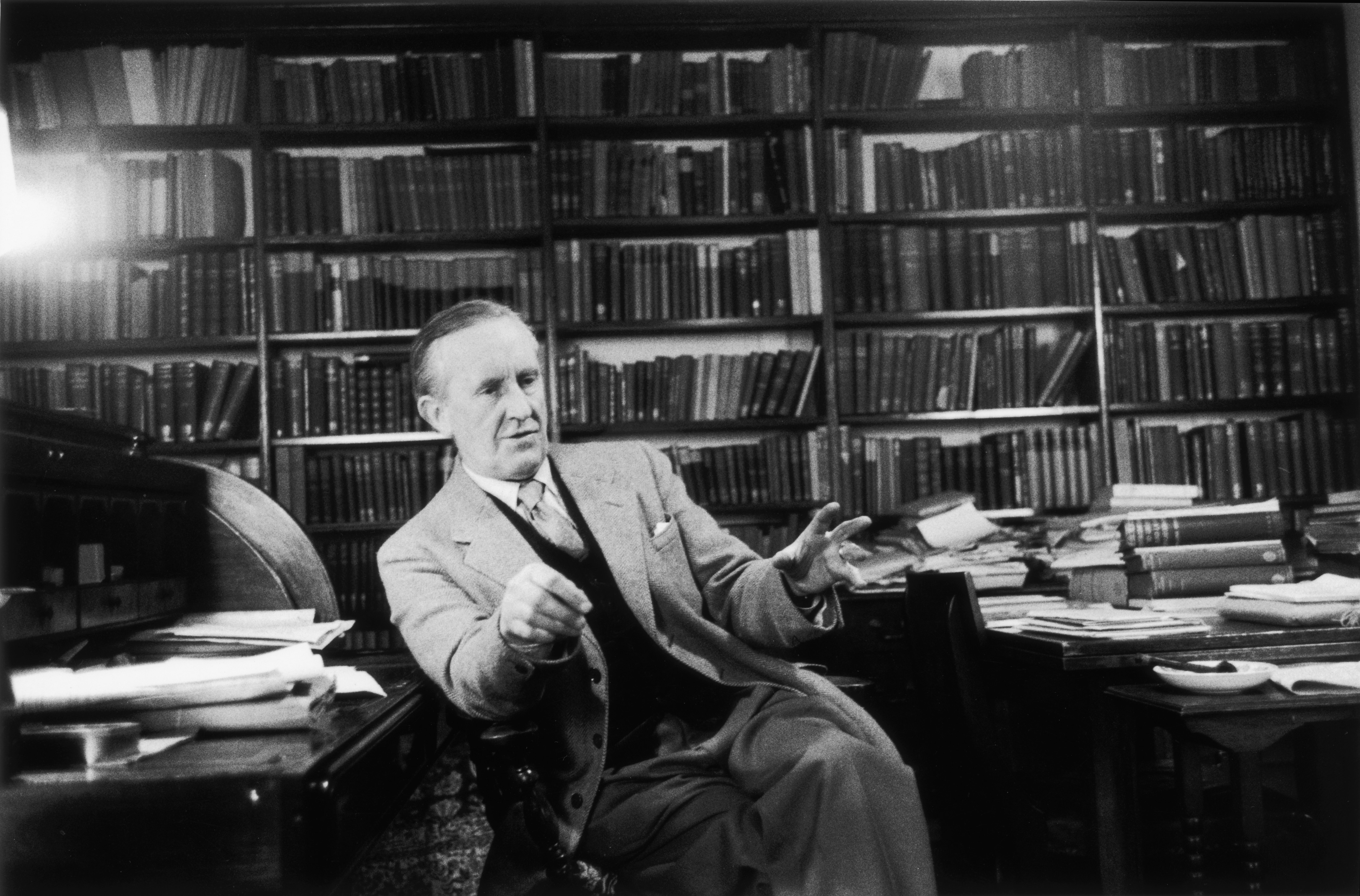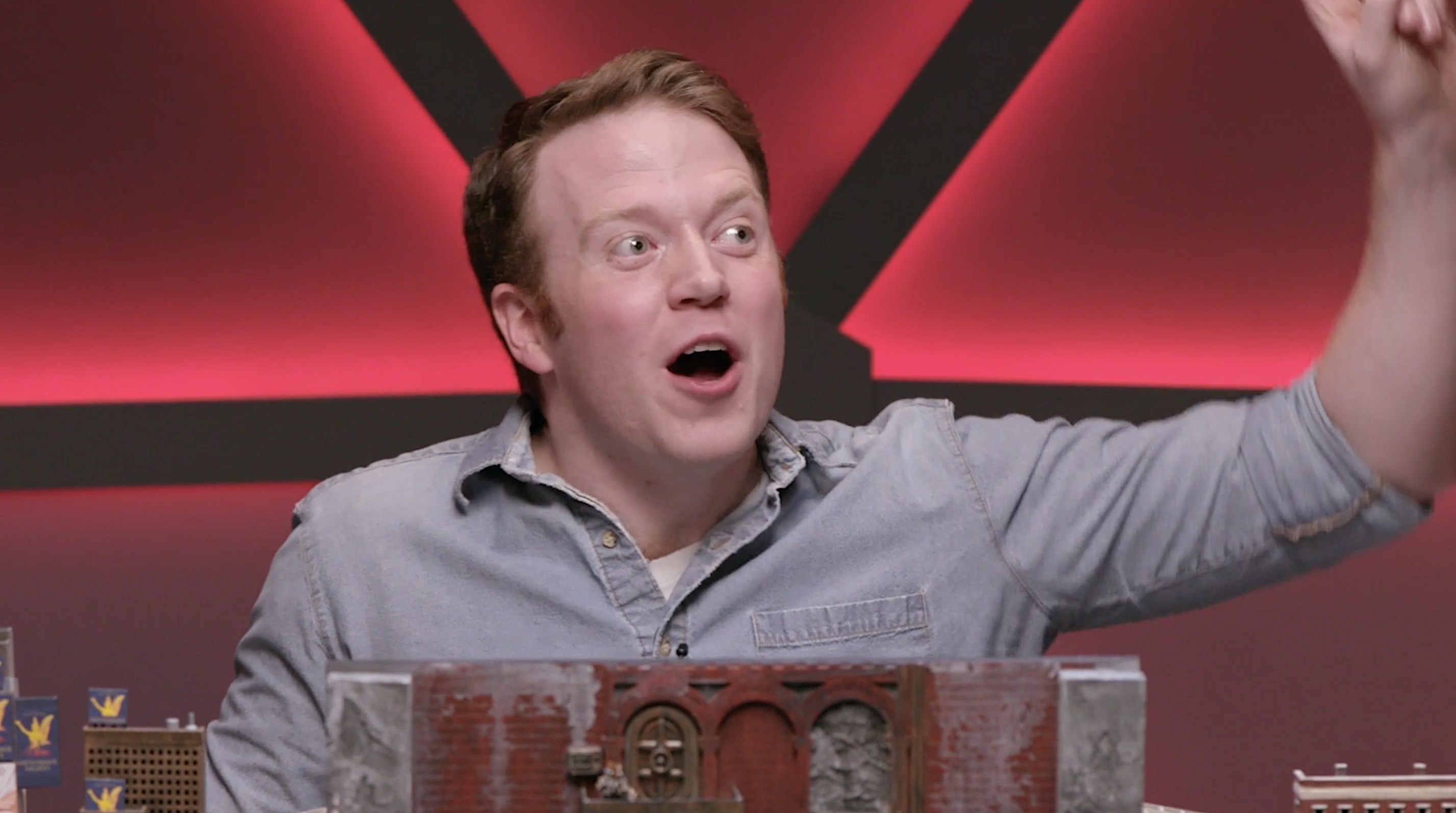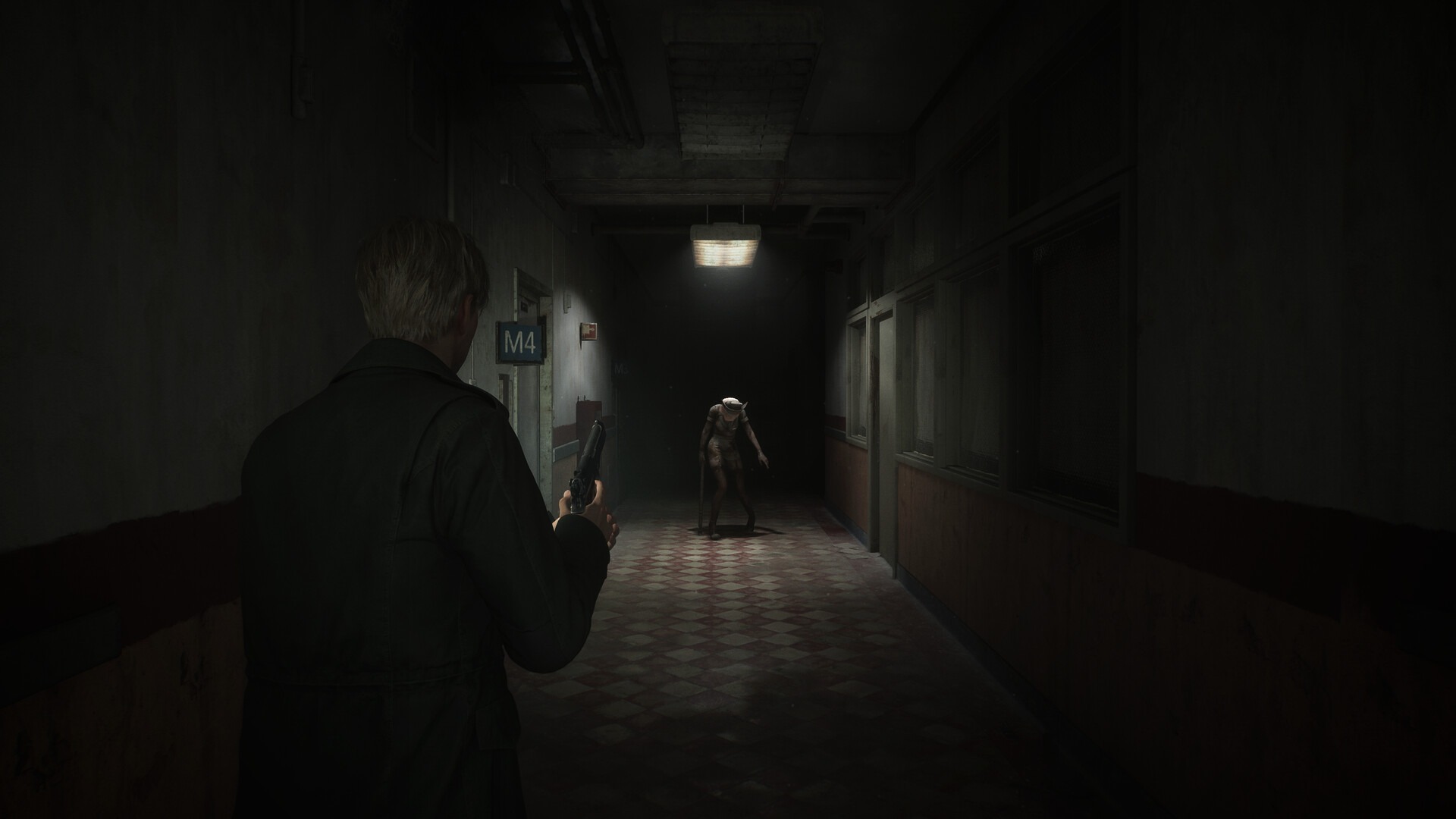In The Legend of Zelda: Tears of the Kingdom, the final boss is placed enticingly within your reach from very early on. You can fight him basically as soon as you finish the tutorial regions. But whenever you, as the intrepid swordsman Link, approach this hallowed fight, the game subtly warns you of what awaits without forcing you away. Instead of blockading the fight behind plot points or explicitly using a text pop-up saying that a point of no return approaches like in other games, Tears of the Kingdom relies on a myriad of subtle signals to let you know when you are approaching the end. Primary among these is the game’s sound design. As you approach the final platform and the game gives you the option to dive, the creepy choral music that pervades the Depths crescendos, as if to ask: Are you actually ready?

In 2023, Polygon is embarking on a Zeldathon. Join us on our journey through The Legend of Zelda series, from the original 1986 game to the release of The Legend of Zelda: Tears of the Kingdom, and beyond.
If you’re a weirdo like me, you may have walked back and forth down the hill to the diving board of sorts, letting the choral cues and stilted piano melody recede and rise over and over. But this sound design also saved me from spoiling the final fight before I was ready. At this point in my playthrough, I was exploring the Depths below Hyrule Castle and accidentally entered the final boss area without armor and with only four hearts. After sneaking past some high-level enemies in my undies, I knew I was entering a point of no return primarily because of the music, which kept adding layers and increasing volume. From the relative silence of the “Forgotten Foundation” section, the game adds reversed vocal samples (as pointed out by YouTuber Scruffy) and then a high-pitched, anxiety-inducing piano just before the jump. I glided down, confirmed there was a cutscene, and, completely unequipped both literally and emotionally for the final boss, teleported back to the surface.
For me, the best parts of Tears of the Kingdom were such moments of discovery. In a game packed with secrets, the “firsts” were special, like the first time learning new abilities, the first time testing configurations of Zonai devices, and the first time encountering new regions — even ones I wasn’t supposed to be in yet. These moments of discovery were accentuated and given color by the game’s genius sound design. When I look back fondly to my memories of playing Tears of the Kingdom for the first time this year, the first thing I’ll remember is the sounds.
When I finally got to the game’s title sequence, I learned the key mechanics of diving as the strings and saxophone played to a euphoric crescendo. When I discovered that there was an entire third layer to the map in addition to the skies and the surface, the musical transition from piano to droning synth, which punctuates the entire Depths, was what hit me first. I remember the thunk of hitting a Zonai device and hearing the fan whir. And when I stumbled upon a King Gleeok in the Depths while trying to find some marked treasure, the music accelerated as I got peppered with elemental blasts until I died.
Music is a powerful and unique structure for our memory. Musical memory operates differently than visual or linguistic memory. For example, patients with advanced dementia or Alzheimer’s retain memory of music from their youth even as their use of language declines. There are explanations for this — the parts of the brain involved in musical memory deteriorate much later than the regions attached to language and short- and long-term memory, but there’s still a little magic when those in the late stages of dementia or Alzheimer’s are able to sing and dance along to their favorite music and sometimes even connect with their loved ones through music when language begins to fail. Playing music itself also correlates with less cognitive decline as one ages.
Somewhat like playing music, video game sounds are interactive. When a player moves, jumps, or strikes in a video game, audio cues respond, allowing the player to paint a musical landscape along with the game.
“Without a player — without the act of play — [game sound] is just code, lying in wait,” Karen Collins says in her book Playing with Sound: A Theory of Interacting with Sound and Music in Video Games. Collins, a professor at the Games Institute at the University of Waterloo, studies the interactivity of video game sound.
Video game music and the sounds we hear as we interact with a video game can linger long in our memories. In the introduction to her book, Collins recounts a childhood memory about the jumping “bwoop” sound from the 1985 Super Mario Bros. The nature of musical memory and the accents that video game sounds provide for our play often mean that even our earliest video game memories include music.
Mario’s jumping sound, like many of Nintendo’s most iconic sound designs, is tonal, meaning that it was played and recorded on musical instruments rather than being a recording of some sort of actual jumping. You can often slow down any UI element from a Nintendo game to find a series of notes rather than a more random rustle or banging. Think of the twinkling coin pickup noise from Mario games compared to God of War: Ragnarök using toilet plungers on concrete for horses clopping.
“Nintendo is the master developer of adding tonality where there usually isn’t,” video game sound designer and YouTuber Marshall McGee told Polygon over the phone. “One of the best examples is UI.”
In a video about tonality, McGee breaks down the Breath of the Wild item pickup sound, which is reused in Tears of the Kingdom. McGee slows the UI element to reveal it’s made up of a series of six notes (and compressed with delay and other sound design things that McGee can explain to you better than I can). This type of intentionality takes time, but the result is that the melodic elements of Nintendo games often stick in our minds, just like our favorite music.
The Zelda series has used its soundtrack to accompany and expand its world since the earliest games. The sound effects and songs accompanying the worlds, battles, and characters have been central to the series’ successes.
In the first Zelda game, 1986’s The Legend of Zelda, composer Koji Kondo partnered with Shigeru Miyamoto and Takashi Tezuka to establish one of Nintendo’s most successful franchises. Kondo had just finished working with Miyamoto and Tezuka on Super Mario Bros. and had composed its iconic overworld theme that most people can replay in their heads (and now that you’ve thought of it, it’s probably stuck in your head on loop).
For the original The Legend of Zelda, Kondo worked on many pieces of sound design that would become foundational for the entire series, like the overworld theme or the notes that play after acquiring a significant item, like the Master Sword. The sound production has changed based on each game, shifting to match the primary instruments used in each score, but the tones have remained the same.
Kondo also composed one of my favorite bits of sound design across the series for the first game: the “puzzle solved” jingle. In a video, YouTuber 8-bit Music Theory explains that the notes don’t “fit into a key or a chord even, really. Having it be so weird like that means it’s always going to be noticeable and fit in no matter what’s going on musically.” The notes make me feel a sense of wonder and accomplishment at the same time. Whenever I attempt to solve a Zelda puzzle, I put the final piece in place and sit expectantly at the edge of my couch, waiting for those magic notes to play.
“[The Zelda series has] always had a focus on music as the means of performing magic in the world,” 8-bit Music Theory said in a call with Polygon. Magic and music go hand in hand in the Zelda series.
Examples abound. From the original Legend of Zelda’s Warp Whistle’s teleportation powers to the ocarina’s spells in Ocarina of Time to the violin’s power to restore the Master Sword in The Wind Waker to the eight instruments of the sirens in Link’s Awakening, magic and music have always been tied together for the Zelda games.
The sound design of Breath of the Wild, however, did take a different direction than previous games in the series. It made sense. The overworld themes that Zelda games are often known for wouldn’t work in an open world; they would grow tiresome over hours and hours of exploration and become grating on the player. Instead of opting for the orchestral feel of Twilight Princess or the more small ensemble foundation of Wind Waker, Breath of the Wild has a singular instrument at the center of its sound design: a piano. Thinking that players might be exploring the world for sometimes hundreds of hours, the composers intentionally decided against including the kind of constant, looped overworld theme Zelda players might be used to. Instead developers went with a wandering, minimal piano to create a more environmental feel.
With the release of the original soundtrack of Breath of the Wild in Japan, Nintendo included a pamphlet of a conversation between the composers behind the game’s music. The game’s sound director (and the sound director for Tears of the Kingdom), Hajime Wakai, spoke about the trial and error that led to choosing a piano as the lone, central instrument for Breath of the Wild. In the transcript, translated by Nintendo Everything, Wakai said:
Because this game is open on a much grander scale than previous games, I thought that even if we had a piece of music in there, it wouldn’t be able to match that sense of inspiration the player already finds in that world. When a composer makes a piece of music he has a plan and idea of how he wants [the] player to feel, but if this insistence is too strong it can have an effect on the actual game. We would end up forcing a feeling of intensity onto players. The music would be all stirring and dramatic, but then the player would think: ‘Hold on a minute, all I did was throw away a mushroom!’
Even though the formula of an overworld theme with a heroic ballad was dropped for Breath of the Wild, the composers still made sure to include iconic elements from the series. These were sometimes in obvious places, like when Link acquires the Master Sword, but other times they were more hidden Easter eggs, utilizing prominent musical themes from previous games in unexpected places, like how a piece of “Zelda’s Lullaby” can be heard in the horse riding music played at double speed. “[Wakai] didn’t want to unnecessarily include old songs […] and I think he had a tendency to try and hide them!” composer Manaka Kataoka said in the soundtrack pamphlet.
The result was an open-world game with a fittingly “invisible” sound design, as YouTuber Scruffy has noted. Town themes fade in and out as the player approaches. Silence and selective piano twinkle when exploring the open world. Cymbals crash on the next beat of the field battle theme after the player hits an enemy during an overworld fight, and the volume actually corresponds to how much damage the player does.
And as much as Breath of the Wild’s “invisible” sound design is finely tuned, Tears of the Kingdom builds on its foundation and leans on its success, similarly refusing to subject the player to a looped overworld theme throughout Link’s travels and travails. But at the same time, the composers have been able expand on the world’s musical overtures. Whereas the piano was solo in Breath of the Wild, Tears of the Kingdom included wind instruments to represent the fact that Link is a little less lonely in Tears of the Kingdom than in Breath of the Wild. The new Sky Islands swap the piano for the saxophone entirely. The grounded instrument of the piano is exchanged for the woodwinds in the sky. And in the Depths, the synth and brass dominate the auditory space, deepening past the piano to something more elemental.
“[In Breath of the Wild] the tempoless piano music can be interpreted as Link alone with his thoughts, but in Tears of the Kingdom, the land is not abandoned and Link is not alone,” Scruffy explains in another video. Instead, the added instruments communicate to the player that Hyrule is being restored. Link, like the previously lonely piano, is being accompanied, helped, and even bothered by plenty of other characters in Tears of the Kingdom.
This sense of sonic abundance struck me when I returned to the precipice before the final boss fight at the end of my playthrough of Tears of the Kingdom. I was no longer jarred by the discordant piano and the cacophony of choral voices. Instead, I noticed how it echoed the discordant themes in previous encounters with Ganon’s many forms across Hyrule, including many fights with the dreaded Gloom Hands. Instead of facing an entirely new gauntlet of enemies, the game’s sound design signified the final fight was a culmination of everything else Link had already defeated. I again dove and faced the final boss, this time with the allies Link had made along the way.
As Link works to defeat Ganon with his friends, the music blends everything together, providing a fitting end to the game. While landing the final blow, the music drops back to leave just the piano, highlighting the lonely end to the Demon King.
